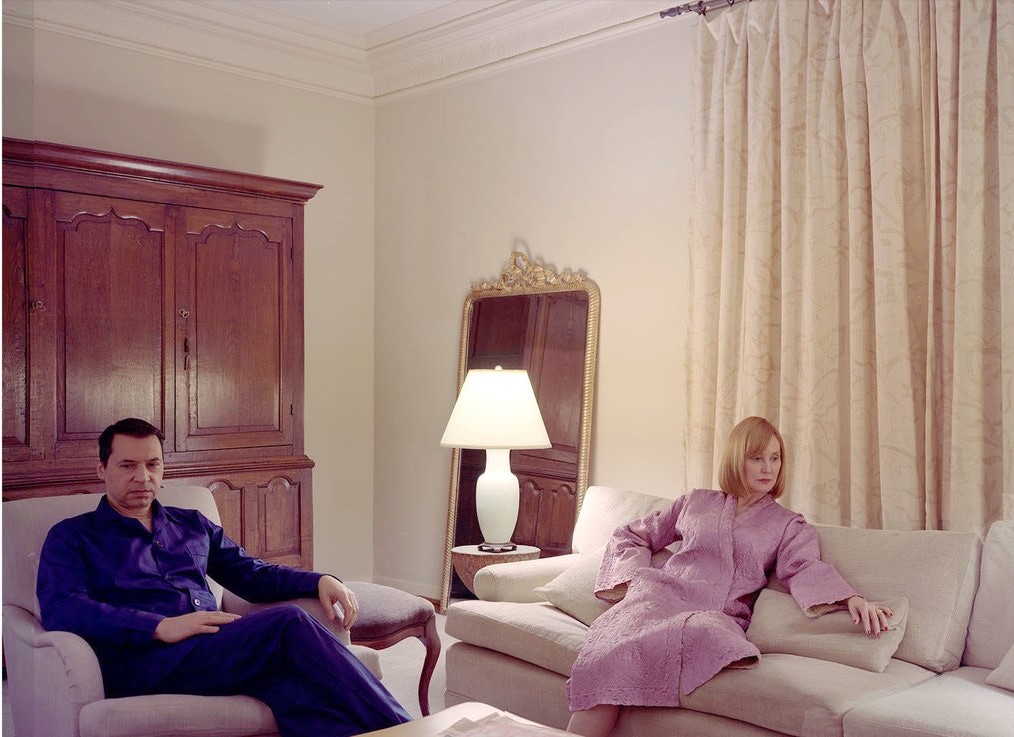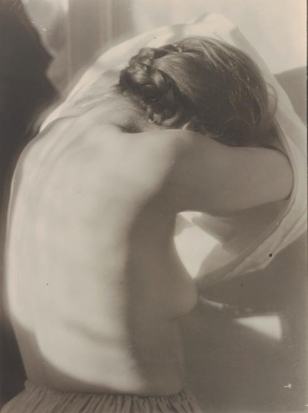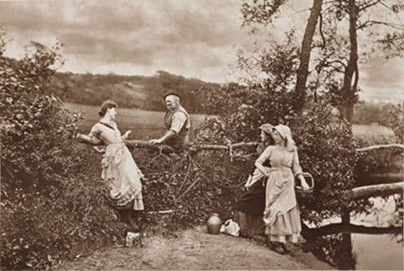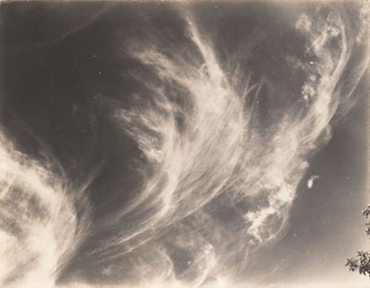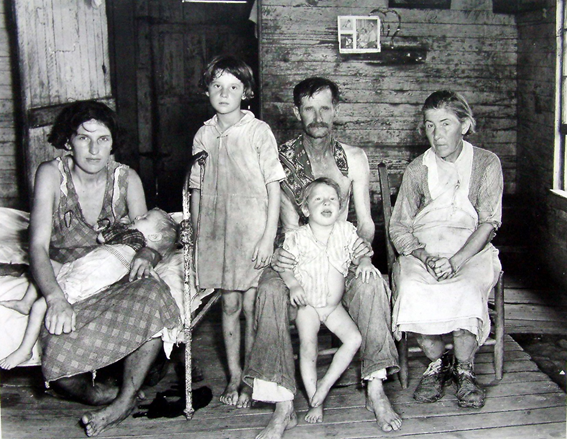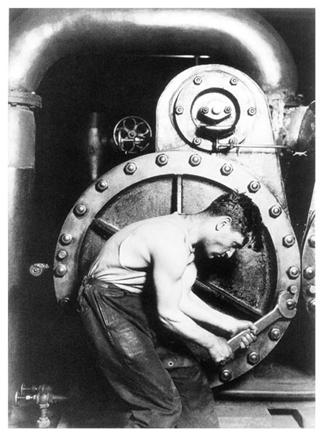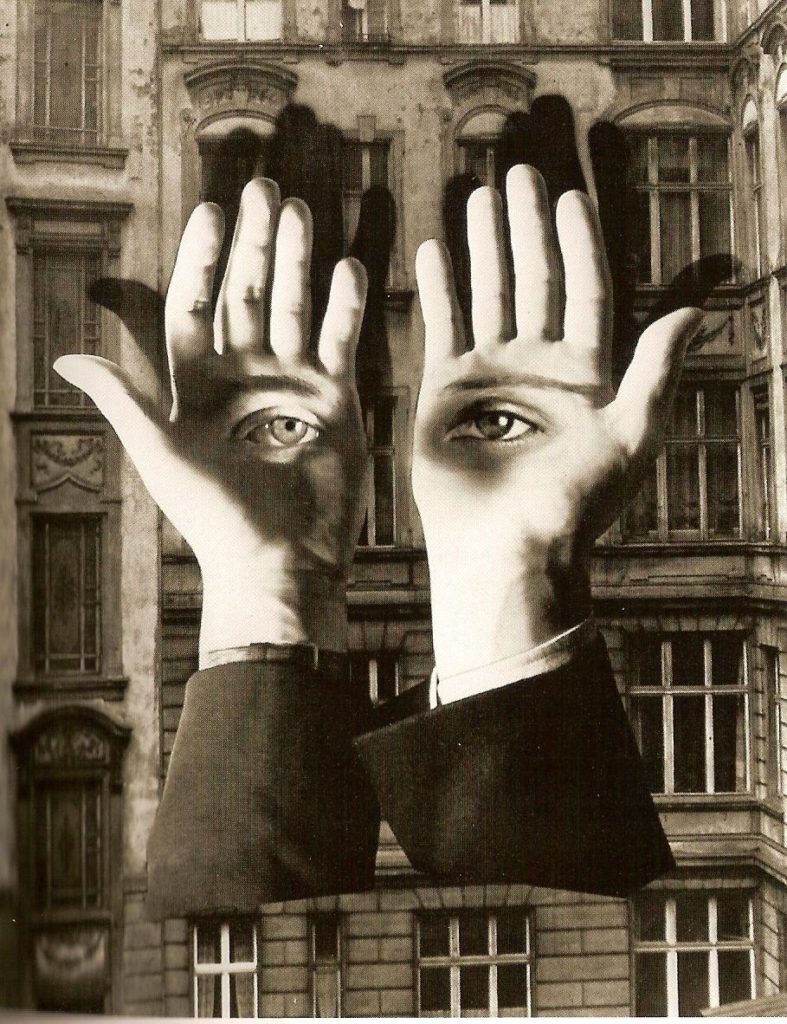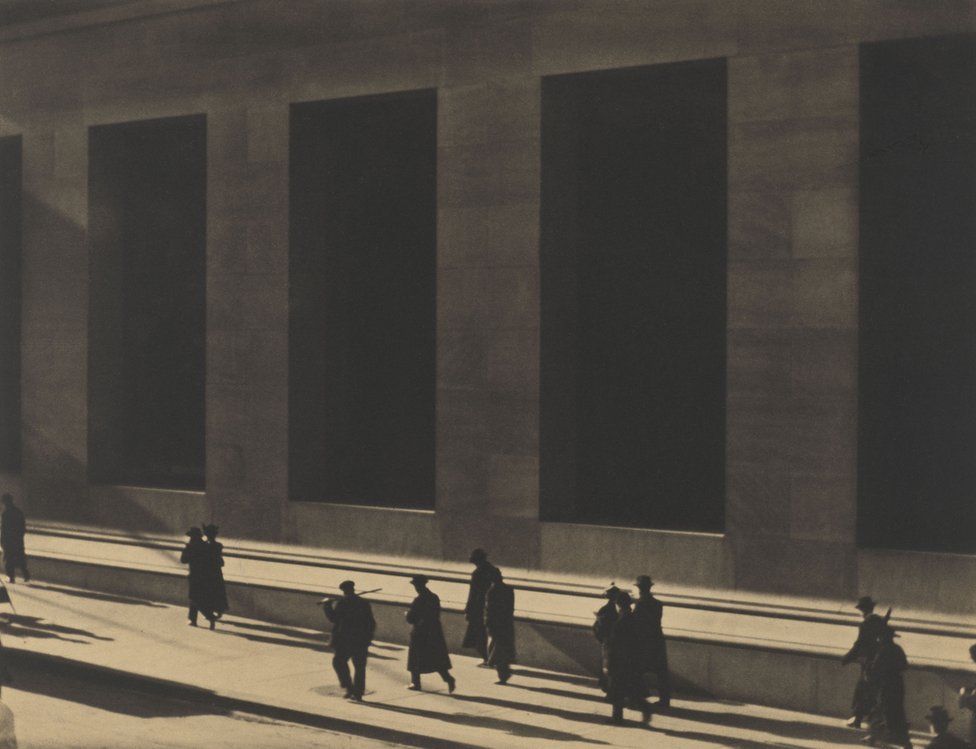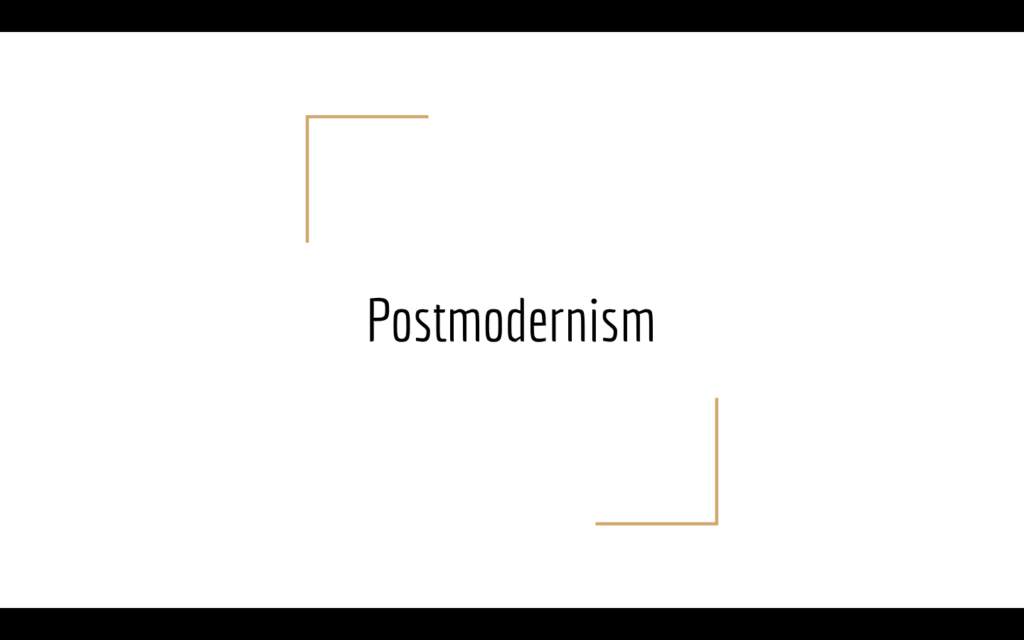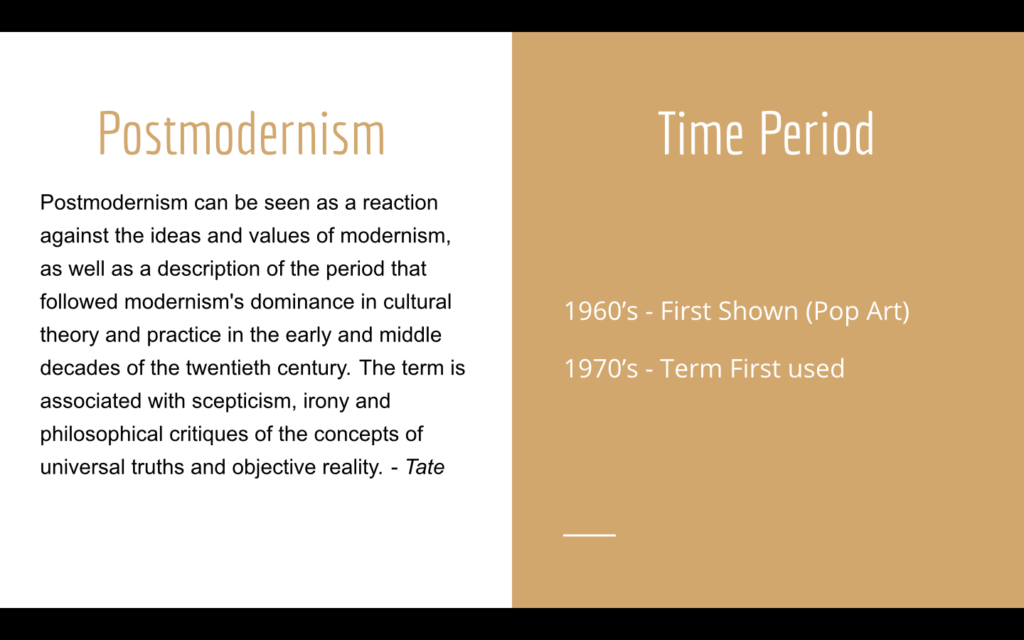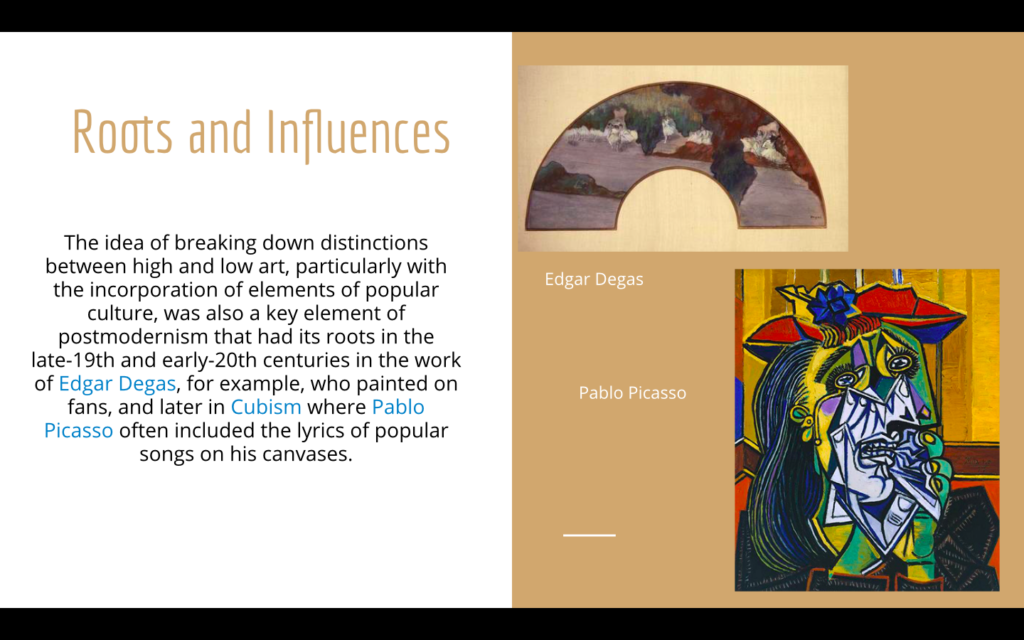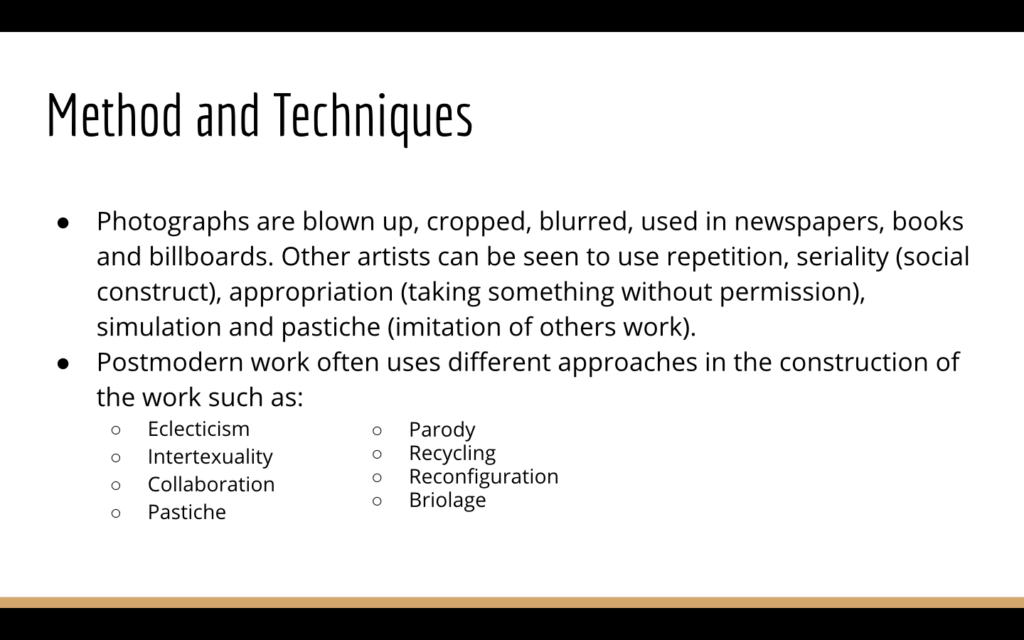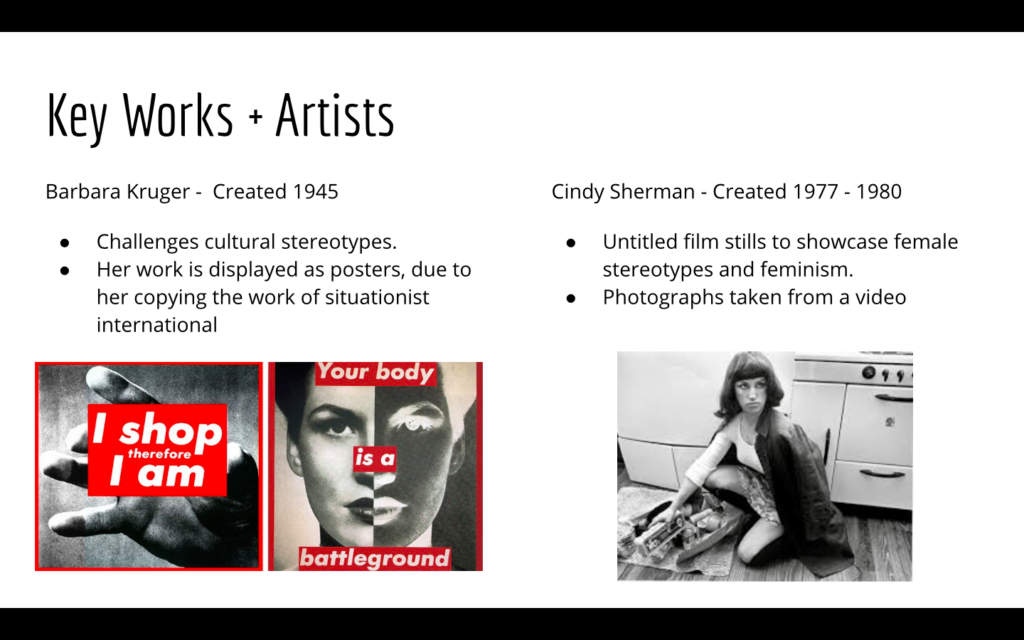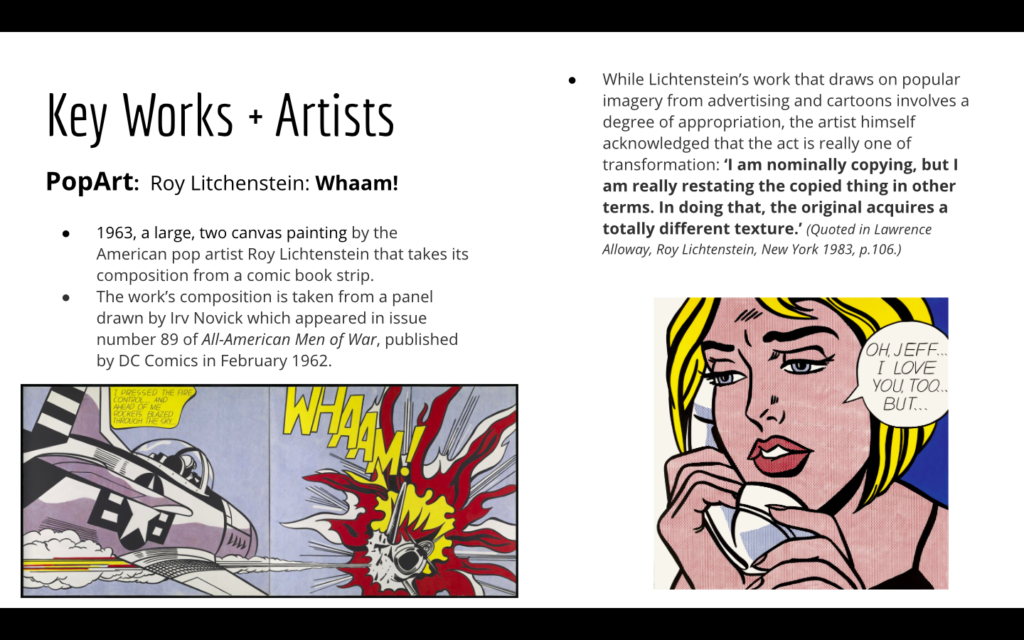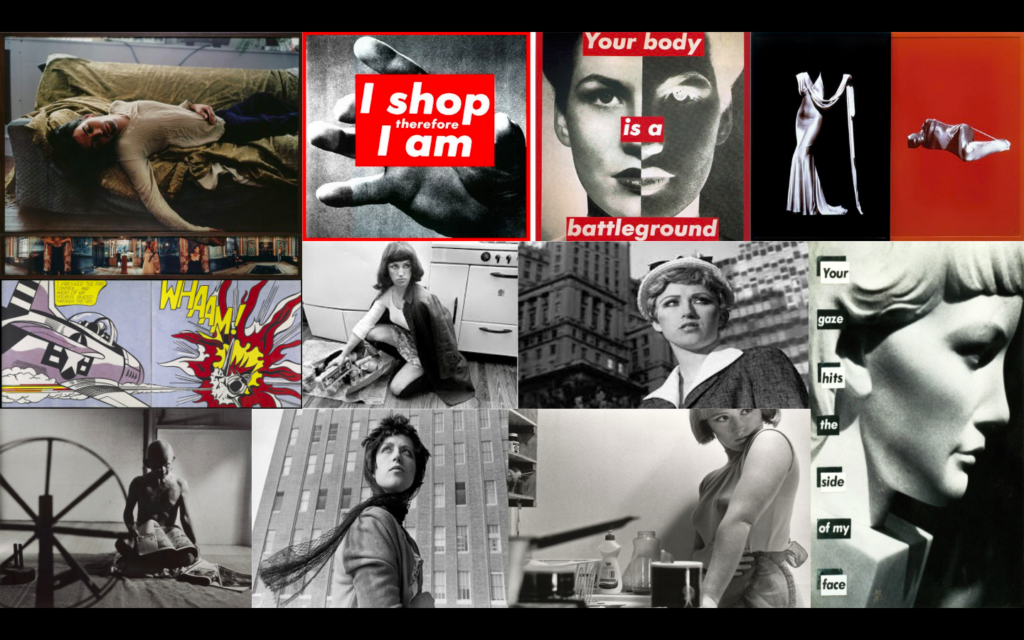MODERNISM
Time period: Early 1900’s – 1960’s
Key characteristics/ conventions : Modern Photography is distinguished by a departure from the language and constraints of traditional art, such as painting, and this change in attitude was mirrored by changes in practice. Photographers started using the camera as a direct tool rather than manipulating images to conform to traditional notions of artistic beauty; a convention associated most with pictorialism.
Artists associated: Paul Strand, Ansel Adams
Key works:
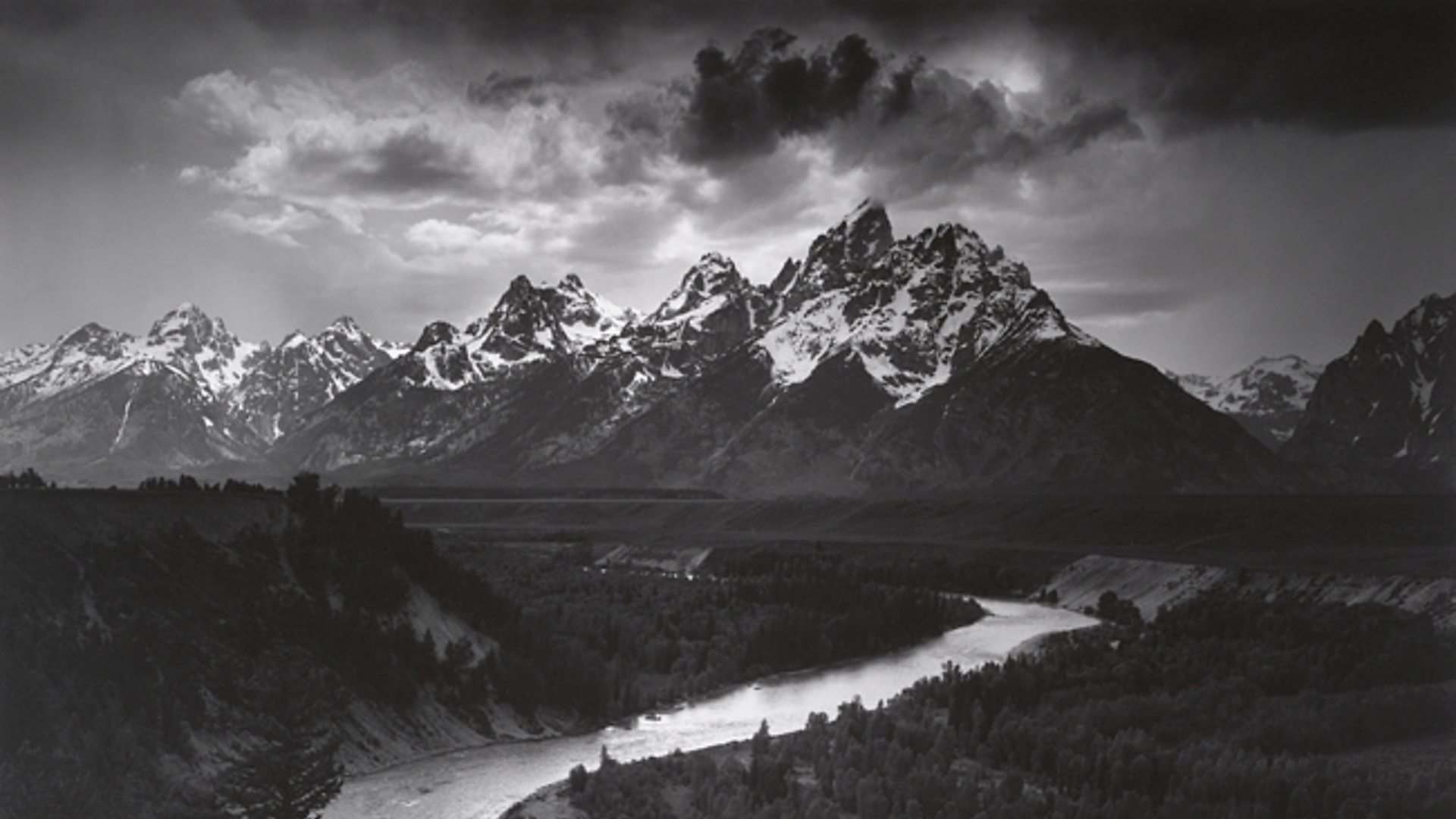


Methods/ techniques/ processes: social, political and aesthetic potential, experimenting with light, perspective and developing, as well as abstraction.
POST-MODERNISM
Time period: 1970’s – Present; A rise in consumerism.
Key characteristics/ conventions : Mix of different styles, approaches and art movements. The works favor context and refer to different areas outside of the works themselves. The idea matters more than the work of art itself. The growth of consumerism and instant gratification over the last few decades of the 20th century has also had a huge impact on visual art. Consumers now want novelty. They also want entertainment and spectacle. In response, many postmodernist artists, curators and other professionals have taken the opportunity to turn art into an “entertainment product”.
Artists associated: Andreas Gursky, Jeff Wall, William Eggleston, Lee Friedlander, Cindy Sherman.
Key works:



Methods/ techniques/ processes: incorporating elements of popular culture as the subject of the image, making use of eclecticism (using a range of sources to take inspiration/ideas from), using collaboration (multiple people working together to focus on the collective effort rather than an individuals contributions to an image), emphasizes context and concept in the subjects, rather than the physical objects, makes use of multimedia (using different medium in order to express an idea).
Plan a response: make use of popular culture, use this as the context for the image – make use of a range of sources (e.g take inspiration from post-modernist artists and influences), make use of multimedia (e.g text within the image), all aspects linked together to portray a concept/emphasize the context/background of the subjects in the image, rather than just the appearance/use subjects themselves




